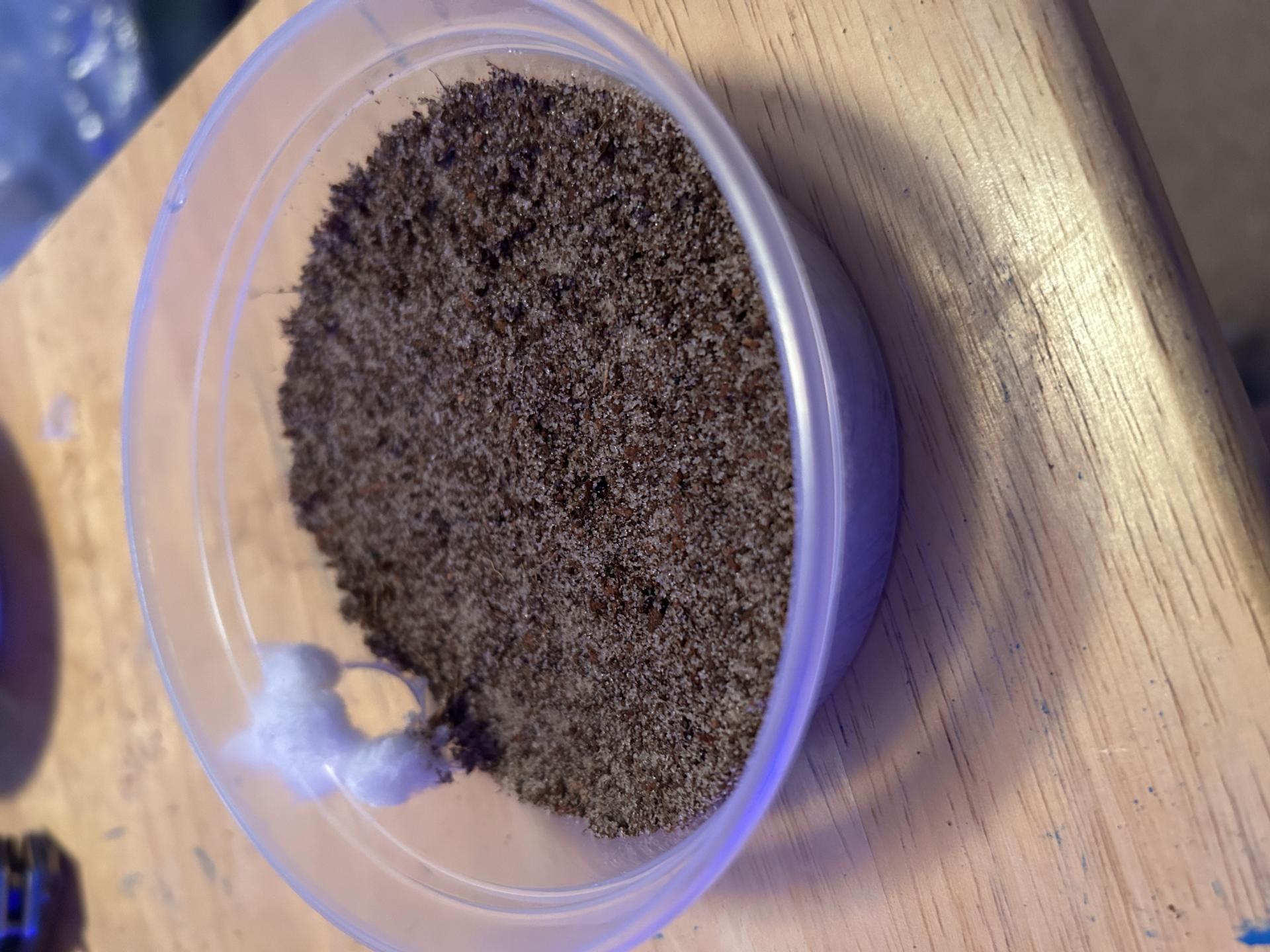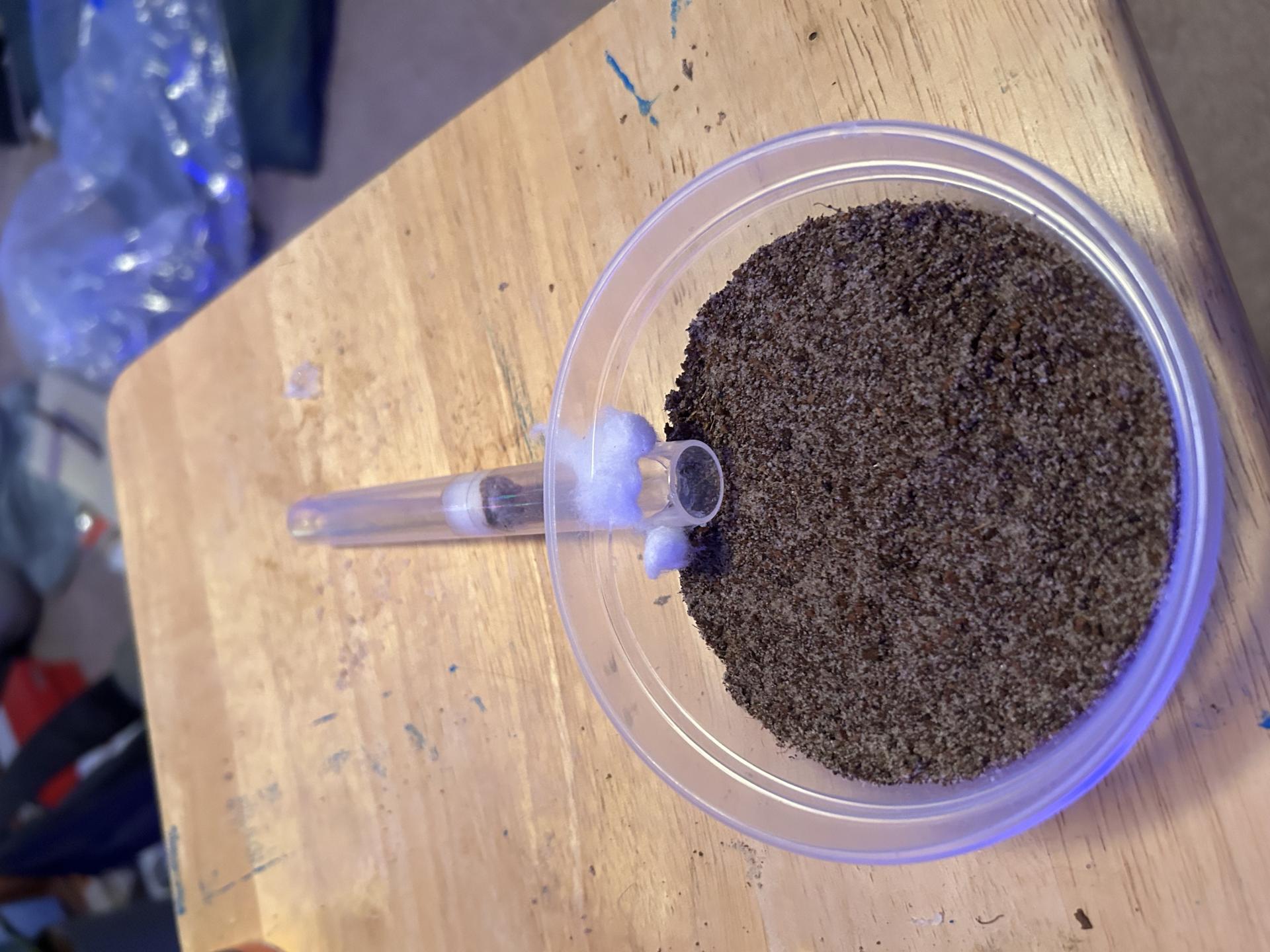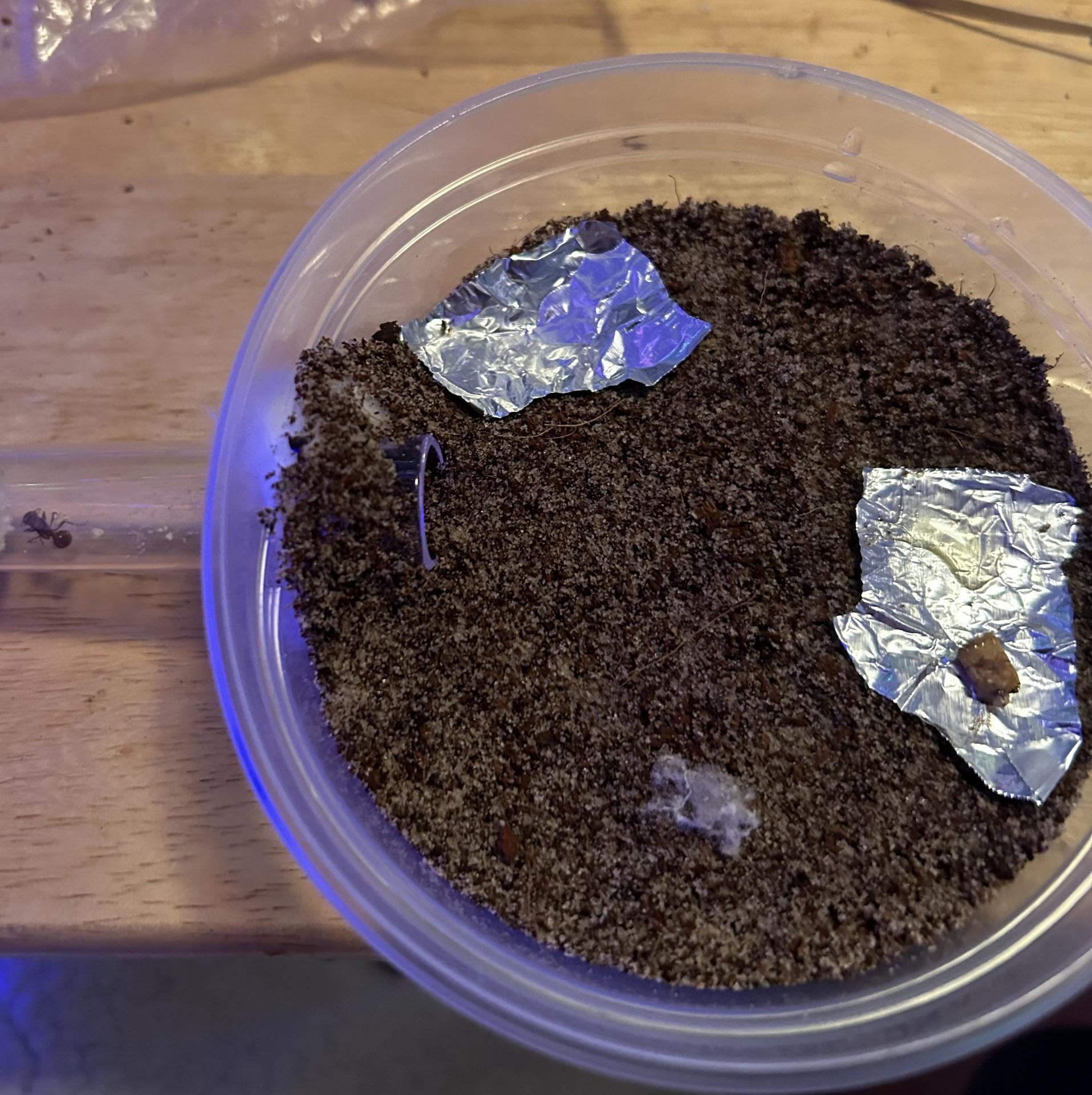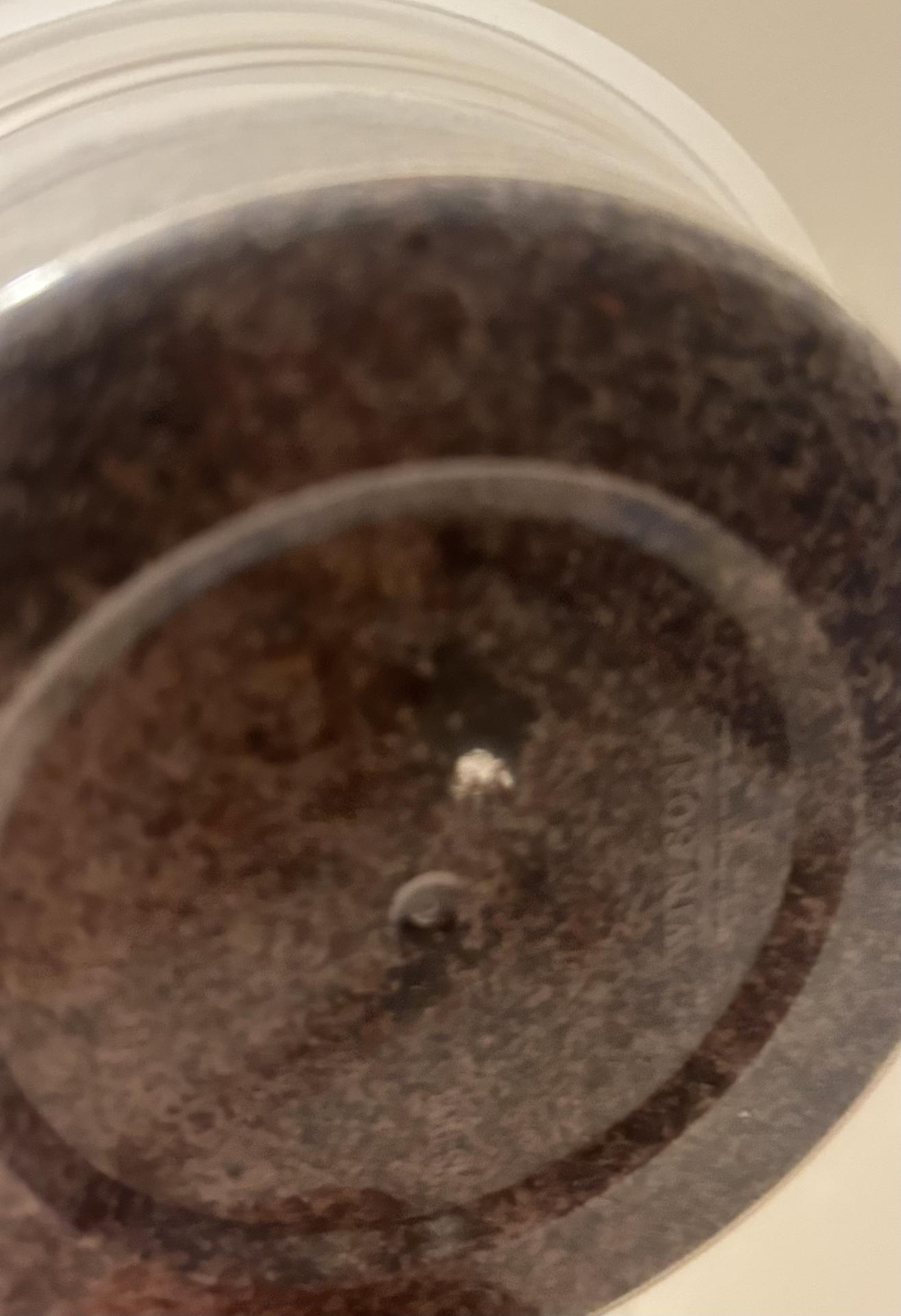I have decided to start a journal on my 2 Pogonomyrmex queens here, who I recently added to custom "formicariums" (which are really just plastic containers with test tubes in a hole in the side). I collected these queens along with 4 others when I went to Utah over the summer, but only these two girls made it back in the car ride unfortunately, and then I made the mistake of thinking I knew what I was doing, and kept them in test tubes like you would any other ants, not realizing they were semi-claustral. I have fixed my mistake now though. The formicarium will be pictured here and I will try my best to do an update twice a week or so, but they are still technically founding so there may not be much to update about.
These are the formicariums I made.






















